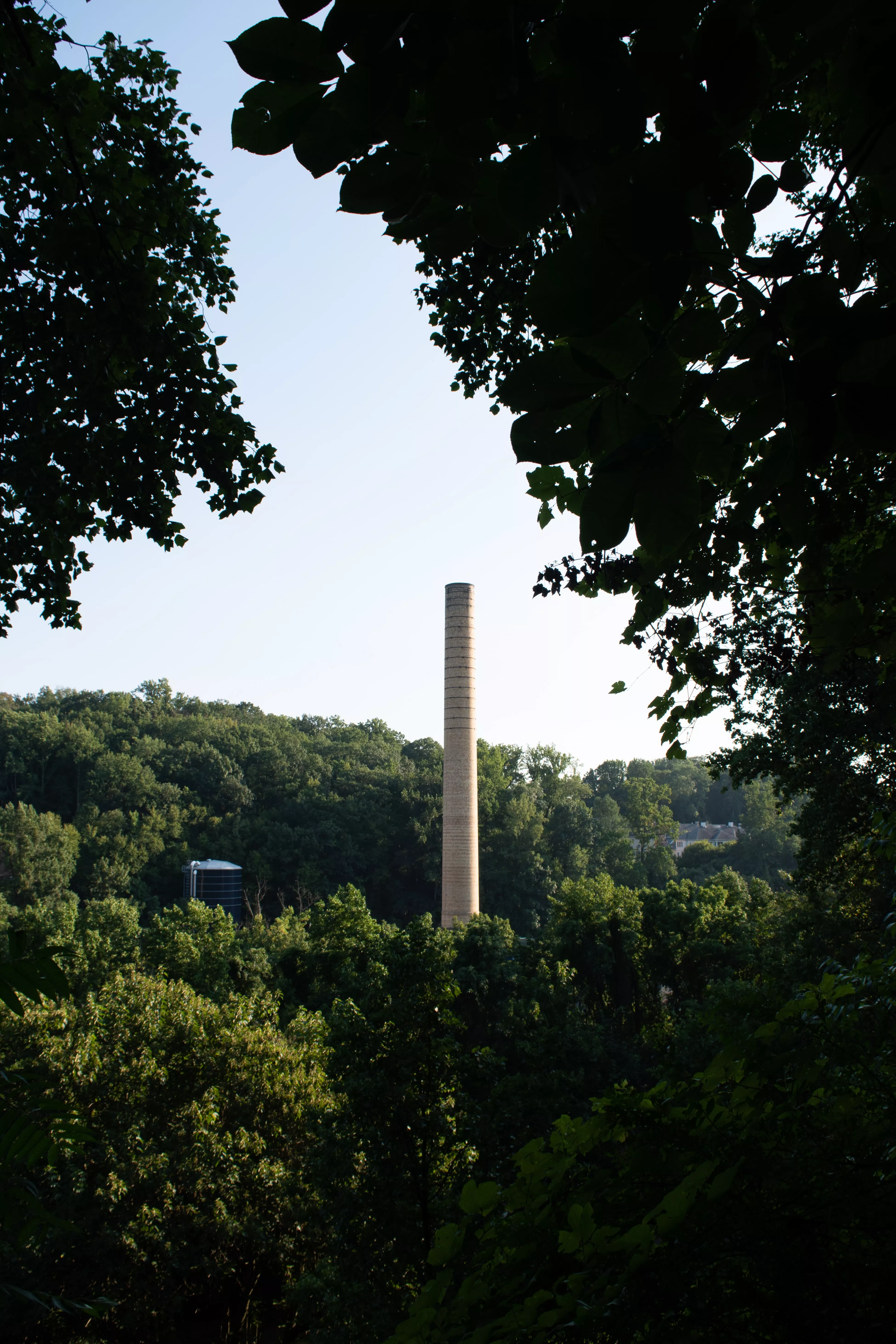Carbon Capture And Storage: Where It Stands

The group of technologies that go under the name of “carbon capture and storage” involve taking carbon out of the air directly. Oddly enough, some interest groups who express the strongest concerns about the risks of climate change often make ambivalent or even negative comments about this technology, I suspect because they fear that a belief that it may soon be cheap and easy to pull carbon out of the air would diminish support for other methods of reducing carbon emissions. But that’s a political judgement, not an environmental one. The more serious forecasts for how to reduce carbon in the atmosphere instead emphasize that a number of changes are likely to be useful, including a limited role for carbon capture and storage where it can be cost-effective.
For those looking to get up to speed, the Congressional Budget Office provides an overview of US efforts in “Carbon Capture and Storage in the United States” (December 2023), while for an international perspective, the Global CCS Institute has published its annual “Global Status of CCS Report 2023.“
Carbon capture and storage projects can be broadly divided into two categories: in the first, some carbon is captured where it is being emitted at electricity-generating plants and industrial facilities. The other category, direct air capture, would just pull carbon out of the air.
The CBO report notes that the US now has 15 experimental carbon capture and storage projects in operation. They all happen at plants that generate carbon, and they typically provide the carbon dioxide to oil companies that, in turn, inject it into oil wells to push more oil to the surface. The costs of reducing carbon emissions by this method vary considerably: as the figure shows, it’s a relatively cheap method when applied to natural gas processing or to production of ethanol or ammonia.

However, the industries where carbon capture and storage is relatively cheap are also relatively small in size. Looking ahead, the question is whether the technology develops to a point where it can be applied to the larger sectors, like industrial processes and electric power generation.

What about the idea of “direct air capture” of carbon? For the near-term and probably also the medium-term, this technology isn’t nearly ready for prime-time. The CBO writes:
The cost to capture CO2 is greater using DAC [direct air capture[ than using CCS [carbon capture and storage] because the concentration of carbon dioxide is much lower (more diluted) in the atmosphere than in energy- or industrial-sector emissions. In addition, the pressure of the exhaust gas from those sectors is often higher than the pressure of the atmosphere, making CO2 in that exhaust easier to capture. According to the International Energy Agency, the cost to capture a metric ton of CO2 using DAC ranges from $135 to $345, compared with $15 to $120 for CCS in various industrial settings. Because DAC is a more experimental process than CCS, estimates of its costs are more uncertain. Other analysts estimate that costs are likely to be much higher—$600 to $1,000 per metric ton, or more—over the next decade.
The annual report from the Global CCS Institute provide a detailed overview of carbon capture and storage projects around the world, which are expanding rapidly, along with related issues like transportation of carbon dioxide, availability of financing, and government permitting processes. I was interested to notice that the US is encouraging some of the world’s largest “direct air capture” efforts. The report notes:
The US: Construction commenced on the first large-scale DAC [direct air capture] project, STRATOS, and operations are planned to start in 2025. The project aims to capture up to 500,000 tonnes of CO2 per year. … One DAC [direct air capture] project is in construction and two more are being developed in the US. DAC projects are supported by the billions of dollars flowing from the US government into research and development, through both the DAC Regional Hubs funding opportunity and the DOE Carbon Negative Shot, which aims to reduce carbon removal costs $100/net tonne. In August, the US Department of Energy announced up to $1.2 billion funding to advance the development of two commercial-scale direct air capture facilities in Texas and Louisiana.
As noted before, I’m skeptical about the prospects for direct air capture in near or medium term. But one practical advantage of this approach is that facilities for direct air capture could be located in the places where storage of carbon dioxide was especially safe and cheap–thus minimizing the need for transportation.
More By This Author:
The Merger Surge Of 2021 And 2022
Is Healthcare Spending Leveling Out At Last?
Caring About The Distant Future And Past: Social Discount Rates
Disclosure: None.



